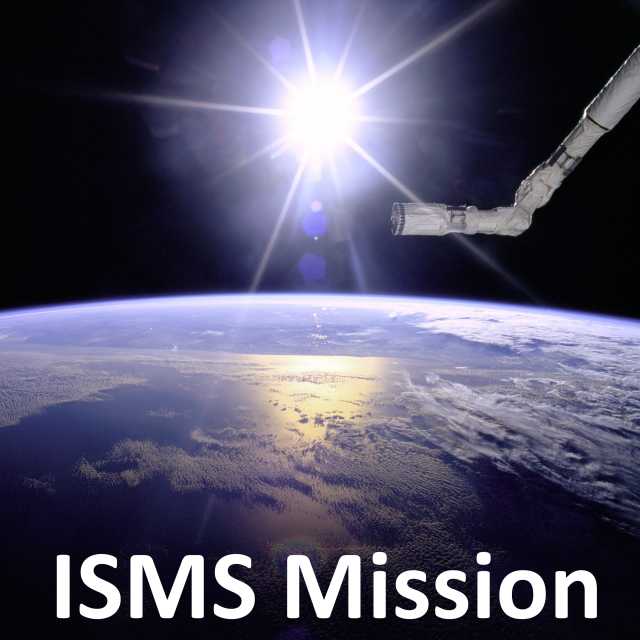'The Internet issue'
Earlier this year I wrote a retrospective on Y2K and said that I'd be back to talk about what is surely the biggest cluster of information risks facing the world over two decades on, namely those associated with the Internet. Well OK, so it has taken me a couple of months to get around to it but anyway here goes. Threats Malicious individuals Malicious groups Accidents and natural events Vulnerabilities Shared resource Insecure base Naivete Impacts Extreme dependence Cascading effects Catastrophic outages Preventive controls Detective controls Corrective controls Technical controls Procedural controls Administrative controls



























